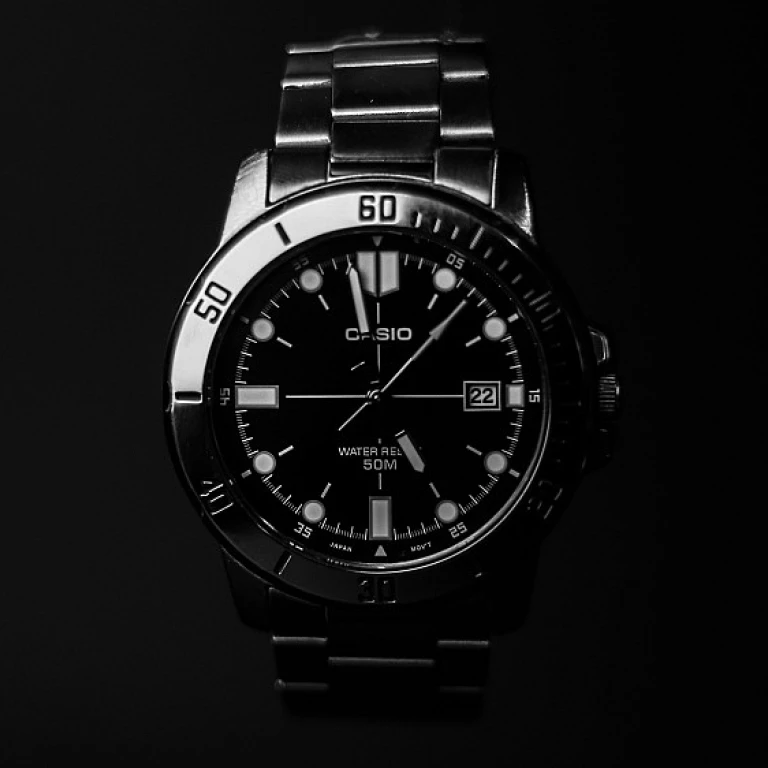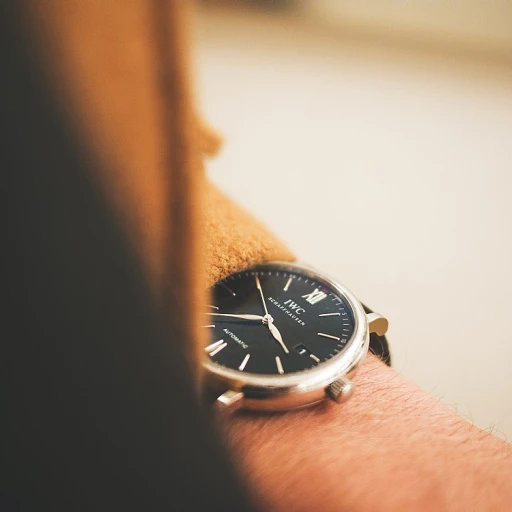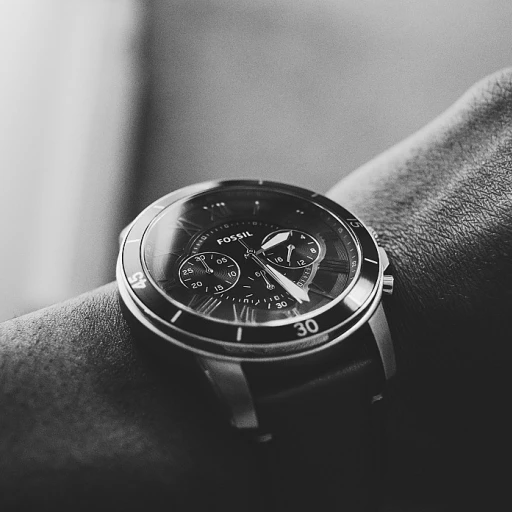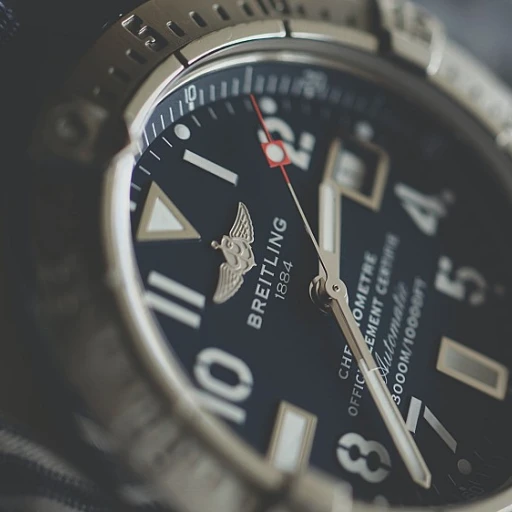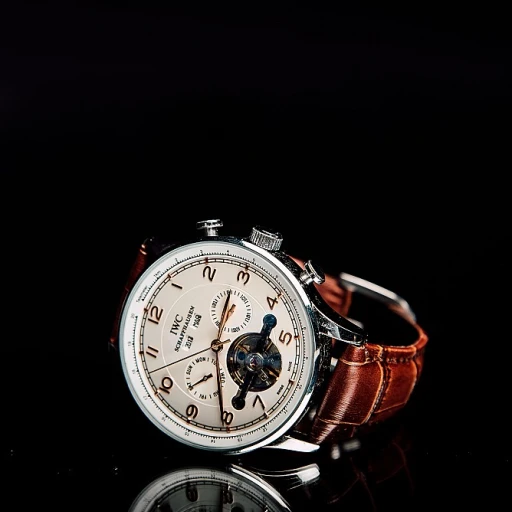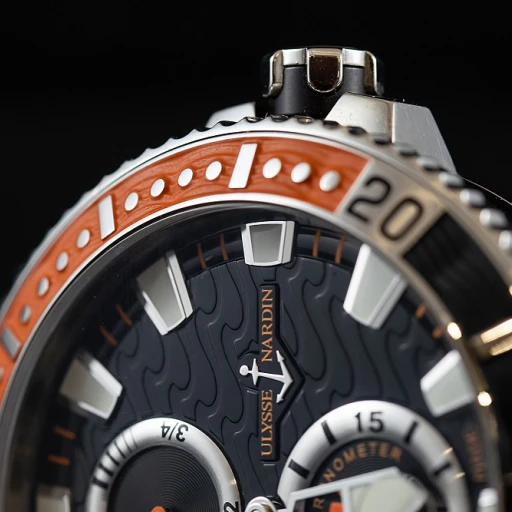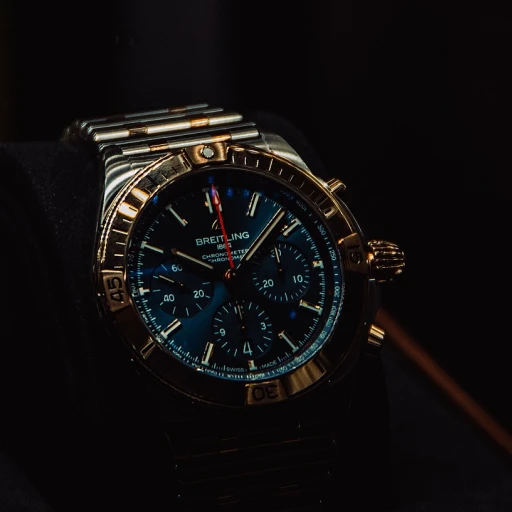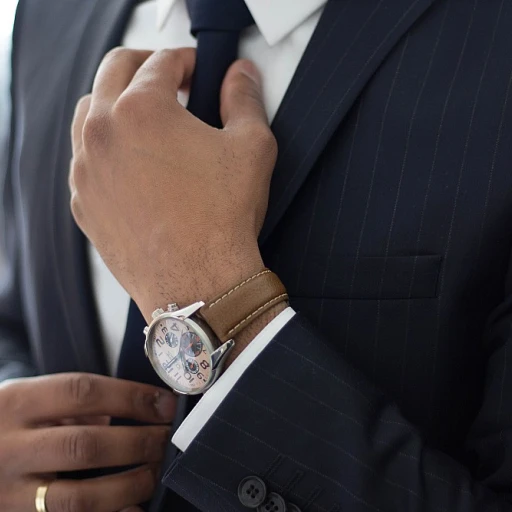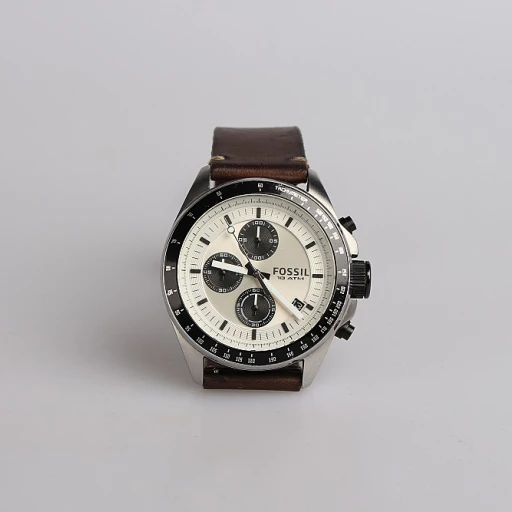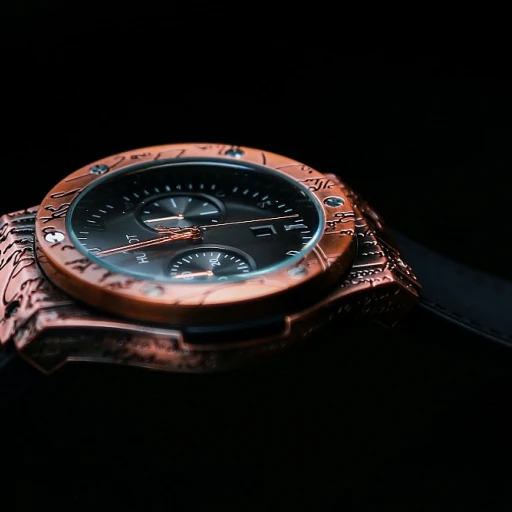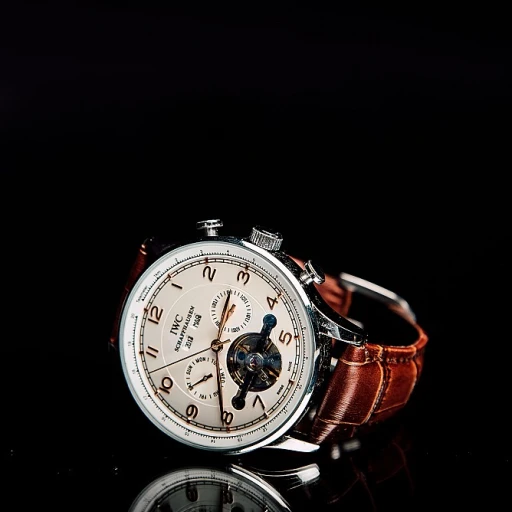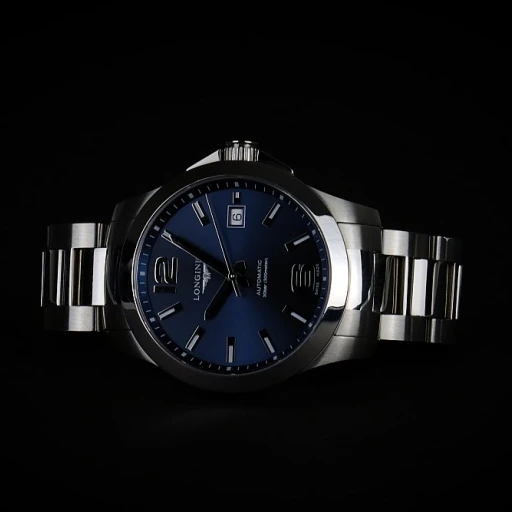The Allure of Vintage: Understanding the Value of Rare Luxury Timepieces
Deciphering the Value Behind Vintage Luxury Timepieces
The fascination with vintage luxury watches goes beyond their meticulous craftsmanship and aesthetic appeal; it's embedded deeply in their historical significance and rarity. According to a report by Grand View Research, the global luxury watch market size was valued at USD 43.66 billion in 2021 and is expected to expand at a compound annual growth rate (CAGR) of 4.0% from 2022 to 2030. Notably, vintage pieces hold a significant share of this market, with collectors constantly seeking out these rare gems. A vintage luxury watch becomes more than just a timekeeping device; it's a slice of history, a snapshot of an era long gone, and often, a tangible display of horological innovation that has endured the test of time.
The Essence of Rarity in Vintage Horology
Each vintage watch tells a story, an anecdote of the era it represents. Afficionados often yearn to uncover the mysteries of iconic models like the Single Red and Double Red Rolex Sea-Dwellers, illustrious examples of the high desirability associated with limited editions and discontinued models. In the world of vintage luxury watches, rarity equates to value. Models with limited production runs, unique dial variations, or those which were once worn by prominent historical figures can command sky-high prices at auctions. A remarkable point in case, a vintage Patek Philippe Ref. 2499 sold for CHF 2,911,500 at a Sotheby's auction in May 2021, underscoring the investment potential these storied pieces hold.
Investing in a Historical Chronograph
When considering vintage luxury watches as investments, it’s crucial to note that not every old watch will appreciate over time. Collectors seeking to invest must look for key attributes in a watch’s historiography such as its condition, rarity, brand heritage, and the story it carries. According to the Knight Frank Luxury Investment Index, rare watches had an average annual value increase of 5% in the 12 months leading up to Q2 2020. This exemplifies that there is substantial financial merit in investing in notable historical chronographs, which not only serve as a testament to pioneering watchmaking but can also offer tangible returns over time.
Chronological Signposts: Identifying Epochal Vintage Watches Worth Collecting
Deciphering the Eras of Elegance: A Close Look at Historical Watchmaking Milestones
Understanding the historical significance of vintage luxury watches is akin to peering into a horological time capsule. A distinguished collector recognizes that each timepiece encapsulates a chapter of watchmaking innovation. For instance, the era of 1950s and 1960s gave us iconic models like the Rolex Submariner and the Omega Speedmaster. According to a report by Art Market Research (AMR), watches from this period have seen a significant value increase, with certain models appreciating over 200% in the last decade.
Courtiers of Craftsmanship: Appraising Watchmakers and Their Signature Moves
Watch enthusiasts often revere brands such as Patek Philippe and Audemars Piguet for their expertise in producing exquisite vintage luxury watches. These ateliers not only signify prestige but also reflect pioneering craftsmanship. A collector should be conversant with the complications and patents unique to each maison. For example, Patek Philippe's perpetual calendar and Audemars Piguet's Royal Oak design are distinctive hallmarks that command admiration and high auction results, per Phillips auction house price insights.
Highlights of Heritage: Notable Releases that Shaped the Watch World
Exclusive vintage luxury watches are often born from moments of historical significance. The release of the Jaeger-LeCoultre Reverso, originally designed for British army officers in India, is a testament to functionality meeting finesse. Similarly, the 1970s witnessed the advent of the luxury sports watch genre, with the Audemars Piguet Royal Oak altering the wristwatch landscape. These monumental releases can be referenced as lucrative investments, as they frequently showcase a steady percentage increase in auctions, solidifying their must-have status for any serious collection.
To further explore this realm of horological treasures, dive into the intriguing aspects of independent watchmakers' luxury watches which often present exceptional value and artistic craftsmanship, remaining under the radar for many collectors.
Connoisseur’s Lexicon: Nomenclature Essential for the Vintage Watch Enthusiast
- Caliber: The watch's movement, vital in determining its value.
- Provenance: The watch's ownership history which can add to its lore and value.
- Reference Number: A unique identifier that provides valuable details about the watch's model and production era.
Utilizing terms such as caliber, provenance, and reference number will enrich a collector’s vocabulary and aid significantly in the acquisition process. Keeping an eye on these details can greatly affect the rarity and desirability of vintage watches. Knowledge of these specifics is backed by data indicating that watches with documented histories can achieve prices 50% higher than those without, according to the Federation of the Swiss Watch Industry FH.
The Hunt for Exclusivity: Sourcing and Authenticating Vintage Luxury Watches
Finding the Needle in the Horological Haystack
The quest for vintage luxury watches is akin to uncovering hidden treasures. It requires patience, keen eyes, and an in-depth understanding of the market's nuances. Historically, the venture into vintage watch collection has seen significant interest, with the rarity of certain timepieces escalating their value tremendously. For instance, a vintage Patek Philippe may surge in value if it was a part of a small production run or owned by a noteworthy individual.
Navigating the Waters of Authenticity
When sourcing vintage luxury watches, authenticity is non-negotiable. The prevalence of counterfeit watches has been a growing concern, with statistics suggesting that the luxury watch market encounters millions in losses annually due to forgeries. Experts advise consulting with certified horologists and utilizing services of reputable dealers who provide detailed provenance and certification of authenticity. Only through meticulous vetting can one ensure the acquisition of a genuine vintage masterpiece.
The Art of Acquisition: Auctions and Private Sales
Auctions have traditionally been fertile grounds for finding exclusive vintage watches. They are events where rarity and historical significance elevate timepieces to art status. Christie's and Sotheby's, for example, have set record-breaking sales, with rare models from Rolex and Omega fetching astronomical sums. Private sales, on the other hand, demand a well-connected network, as they often occur discreetly among discerning collectors seeking to avoid the public eye. By pursuing both avenues, collectors are able to cast a wider net in securing their next horological gem.
Investing in Professional Relationships
The luxury watch market thrives on established relationships. Building a rapport with dealers and auction houses can unlock doors to private previews and early-bird opportunities. As the game leans heavily on trust, repeat business often garners access to the most exclusive and desirable vintage pieces. The key here is to harness these relationships as a strategic tool in the ever-evolving hunt for the rarest luxury watches.
Preservation of Time: Maintaining and Protecting Your Vintage Watch Collection
Meticulous Care for Time-Honored Pieces
The art of maintaining a vintage luxury watch collection is as much about preservation as it is about appreciation of timepieces. In the realm of watch collecting, statistics from the Luxury Watch Market indicate that watch maintenance can influence the asset's value by upwards of 20%. Regular servicing, which should occur every 3-5 years or as recommended by the manufacturer, is paramount to ensure the watch's functionality and longevity.
Environmental Considerations for Optimal Storage
Enthusiasts of vintage luxury watches understand that environmental factors like temperature, humidity, and lighting play a crucial role in the preservation of their priceless horological artifacts. Ideally, watches should be kept away from extreme conditions, with humidity levels controlled at around 50%, and temperature maintained at a steady 20°C. Those passionate about maintaining the luster of their collection can benefit from recent advancements in watch storage solutions, such as climate-controlled watch boxes and safes which keep these variables in check.
Protective Measures Against External Damage
- Scratch-proof watch winders
- UV-protected display cases
- Soft, lint-free gloves for handling
Protection from scratches, dust, and accidental impacts is essential. For instance, scratch-proof watch winders not only serve as elegant display pieces but also offer crucial protection and keep the watches in a consistent state of movement, replicating wear on the wrist. UV-protected display cases are also noteworthy for safeguarding the watch's exterior and dial from sunlight exposure, which can significantly affect the patina—aesthetic changes in the watch dial color that can either enhance its value or degrade it.
Insurance and Documentation: Your Watch Collecting Safety Net
For serious collectors understanding the importance of keeping a detailed, documented inventory of their vintage watch collections is a piece of critical advice. Insurance industry data reflects that less than 50% of collectors have their valuables accurately appraised and insured. Accurate record-keeping and regular appraisals—not only for insurance purposes but also to track the appreciation of the collection's market value—are essential. High-quality, professional photographs and service records should accompany any documentation.
